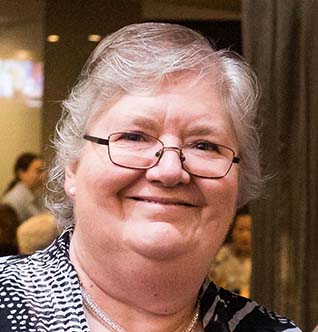Let’s face it. There is simply a lot of wank in the wine world. This is to be expected given that the wine world is also full of plenty of wine that is only really suitable for cleaning blocked drains. On the other hand, there are some exceptional wines made that take your breath away from first sip. It is these few specimens who keep me wedded to this beverage.
Have you ever sipped a true, Coonawarra Cabernet Sauvignon and experienced the sides of your cheeks being forcibly puckered in, like you are being pinched by a gregarious, Italian grandmother? Or sipped a succulent, concentrated, rich Barossa Shiraz and been entranced by the swirls of perfume and exquisite traces of fuit and tannin that have lingered for 20 minutes or more on and around your palate?
Then you know what I am talking about.
You can also understand this picture (right) in which I was sharing with members of the Social Media Adelaide group why I was NOT enjoying the West Australian red they had purchased “to save a few bob”.
My theory is simple: If you are going to drink a beverage like wine or coffee, you measure value by how long you can savour each sip
This means, you don’t do the old “buy cheap but buy plenty” rule. Instead you pay more for better quality and if that means you drink less, so be it.Vegetables are the only things you can justify “qwoffing” or gorging yourself on. Everything else needs moderation and the beauty of coffee and wine (and some other beverages) is that it does cost more to produce top shelf products so price should, in theory, help moderate consumption.
Try this
If you haven’t already done this, here is something that is always great fun and can help you discover the fundamental elements of the different wine styles.
Arrange a dinner with two or three good friends. Each must bring a “superb” bottle of wine completely wrapped in foil so that nobody can see the label or any distinguisihing marks. Arrange for good wine glasses and decanting and all try each others wines through the evening.
At some point, stop to allow each wine donor to ask a series of multiple choice questions about the wine. Feel free to trick and deceive but never to lie. The aim is for the other guests to guess correctly each of the questions and guess the identity of the wine.
Some example questions are:
- What country does this wine come from? Australia, USA, France
- What year was this wine bottled? 1996 1998 2004
- Is this a straight variety or a blend?
- What varietal is this wine made from? Shiraz, Grenache, Merlot
- Which winery is this from? Saltram Wine Estate, Smallfry Wines, Thorn Clarke Wines
It is a lot of fun, especially when it is “hammed up” and not taken too seriously. Part of the learning process is the researching task (you can go as granular or as “top line” as you wish) and then the night itself when your senses get to check their bearings against the answers.
Finally, as someone who has written more wine label copy (those lovely notes on the backs of wine bottles) than I care to remember, here is one word of advice if you are new to wine and wanting to develop your appreciation of this fine drink. Trust your senses and when you want to share with a winemaker or fellow drinker what you are tasting, just say: “I get a lot of raspberry in this”, or similar. The key is that it is what YOU are experiencing and NOBODY can tell you that you are wrong. If you do get stuck with an overbearing bore though, just agree with them and change subjects because:
life is not only too short to drink bad wine, it is way too short to drink wine in bad company
If you are a fellow “Steve Davis” working in this field somewhere else in the world, leave a comment and link.

